Filter by
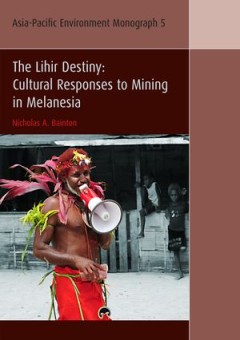
The Lihir Destiny : Cultural Responses to Mining in Melanesia
The people of the Lihir Islands in Papua New Guinea have long held visions of a prosperous new future, often referred to by local leaders as the ‘Lihir Destiny’. When large-scale gold mining activities commenced on the main island of Lihir in 1995, many hoped that this new world had finally arrived. The Lihir Destiny provides a nuanced account of the social structural and cultural transform…
- Edition
- -
- ISBN/ISSN
- 9781921666858
- Collation
- -
- Series Title
- Asia-pacific environment monographs ; 5
- Call Number
- 995.805 BAI l
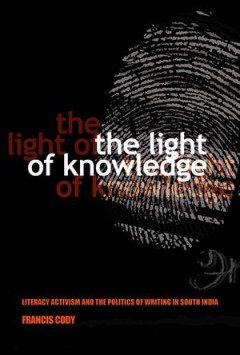
The Light of Knowledge : Literacy Activism and the Politics of Writing in Sou…
Cowinner of the Society for Linguistic Anthropology’s Edward Sapir Book Prize. Since the early 1990s hundreds of thousands of Tamil villagers in southern India have participated in literacy lessons and other events designed to transform them into active citizens with access to state power. These efforts are part of a movement known as the Arivoli Iyakkam (the Enlightenment Movement), one of t…
- Edition
- -
- ISBN/ISSN
- 9780801469022
- Collation
- -
- Series Title
- -
- Call Number
- 374.012 4
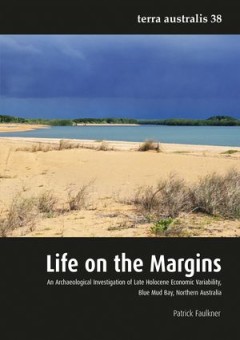
Life on the Margins : An Archaeological Investigation of Late Holocene Econom…
The research presented here is primarily concerned with human-environment interactions on the tropical coast of northern Australia during the late Holocene. Based on the suggestion that significant change can occur within short time-frames as a direct result of interactive processes, the archaeological evidence from the Point Blane Peninsula, Blue Mud Bay, is used to address the issue of how mu…
- Edition
- -
- ISBN/ISSN
- 9781925021103
- Collation
- -
- Series Title
- Terra Australis ; 38
- Call Number
- 305.899 15 FAU l
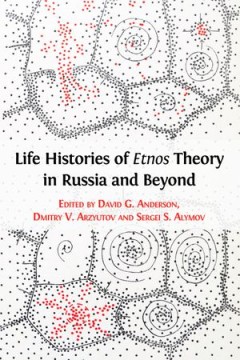
Life Histories of Etnos Theory in Russia and Beyond
The idea of etnos came into being over a hundred years ago as a way of understanding the collective identities of people with a common language and shared traditions. In the twentieth century, the concept came to be associated with Soviet state-building, and it fell sharply out of favour. Yet outside the academy, etnos-style arguments not only persist, but are a vibrant part of regional anthrop…
- Edition
- -
- ISBN/ISSN
- 978-1-78374-547-0
- Collation
- -
- Series Title
- -
- Call Number
- 3065.8 LIF
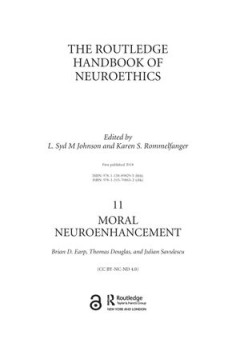
11 Moral Neuroenhancement
In recent years, philosophers, neuroethicists, and others have become preoccupied with “moral enhancement.” Very roughly, this refers to the deliberate moral improvement of an individual’s character, motives, or behavior. In one sense, such enhancement could be seen as “nothing new at all” (Wiseman, 2016, 4) or as something philosophically mundane: as G. Owen Schaefer (2015) has state…
- Edition
- -
- ISBN/ISSN
- 9781138898295
- Collation
- -
- Series Title
- -
- Call Number
- -
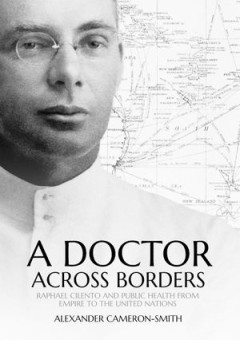
A Doctor Across Borders : Raphael Cilento and public health from empire to th…
In his day, Raphael Cilento was one of the most prominent and controversial figures in Australian medicine. As a senior medical officer in the Commonwealth and Queensland governments, he was an active participant in public health reform during the inter-war years and is best known for his vocal engagement with public discourse on the relationship between hygiene, race and Australian nationhood.…
- Edition
- -
- ISBN/ISSN
- 9781760462642
- Collation
- -
- Series Title
- -
- Call Number
- -
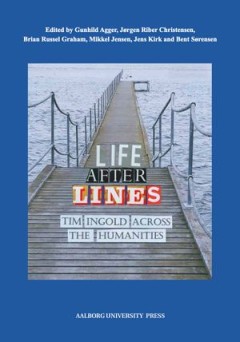
Life After Lines : Tim Ingold across the humanities
“What do walking, weaving, observing, singing, storytelling, drawing and writing have in common? The answer is that they all proceed along lines of one kind or another.” This is the first Q&A in Tim Ingold’s seminal Lines. A brief history (2007). In The Life of Lines, the sequel from 2015, he opposes lines and blobs and proceeds: “Life began when lines began to emerge and to escape the …
- Edition
- -
- ISBN/ISSN
- 978-87-7210-287-0
- Collation
- -
- Series Title
- -
- Call Number
- 302.23 LIF

Life After Guns : Reciprocity and Respect among Young Men in Liberia
Life After Guns explores how ex-combatants and other post-war youth negotiated a depleted and difficult social and cultural landscape in the years following Liberia's fourteen-year bloody civil war. Unlike others who study child soldiers, Abby Hardgrove's ethnography looks at both former combatants and also the youth who were not recruited to fight. She focuses on the structural constraints and…
- Edition
- -
- ISBN/ISSN
- 9780813573489
- Collation
- -
- Series Title
- -
- Call Number
- 303.66 HAR l
The Lexicon of Proto Oceanic : the culture and environment of ancestral Ocea…
This is the second in a series of five volumes on the lexicon of Proto Oceanic, the ancestor of the Oceanic branch of the Austronesian language family. Each volume deals with a particular domain of culture and/or environment and consists of a collection of essays each of which presents and comments on lexical reconstructions of a particular semantic field within that domain. Volume 2 examines h…
- Edition
- -
- ISBN/ISSN
- 978-1-921313-19-6
- Collation
- -
- Series Title
- -
- Call Number
- 499.4 ROS l
Lexicon of Global Melodrama
This new go-to reference book for global melodrama assembles contributions by experts from a wide range of disciplines, including cultural studies, film and media studies, gender and queer studies, political science, and postcolonial studies. The melodramas covered in this volume range from early 20th century silent movies to contemporary films, from independent ›arthouse‹ productions to Ho…
- Edition
- -
- ISBN/ISSN
- 978-3-8394-5973-7
- Collation
- -
- Series Title
- -
- Call Number
- 791.43 LEX
 Computer Science, Information & General Works
Computer Science, Information & General Works  Philosophy & Psychology
Philosophy & Psychology  Religion
Religion  Social Sciences
Social Sciences  Language
Language  Pure Science
Pure Science  Applied Sciences
Applied Sciences  Art & Recreation
Art & Recreation  Literature
Literature  History & Geography
History & Geography